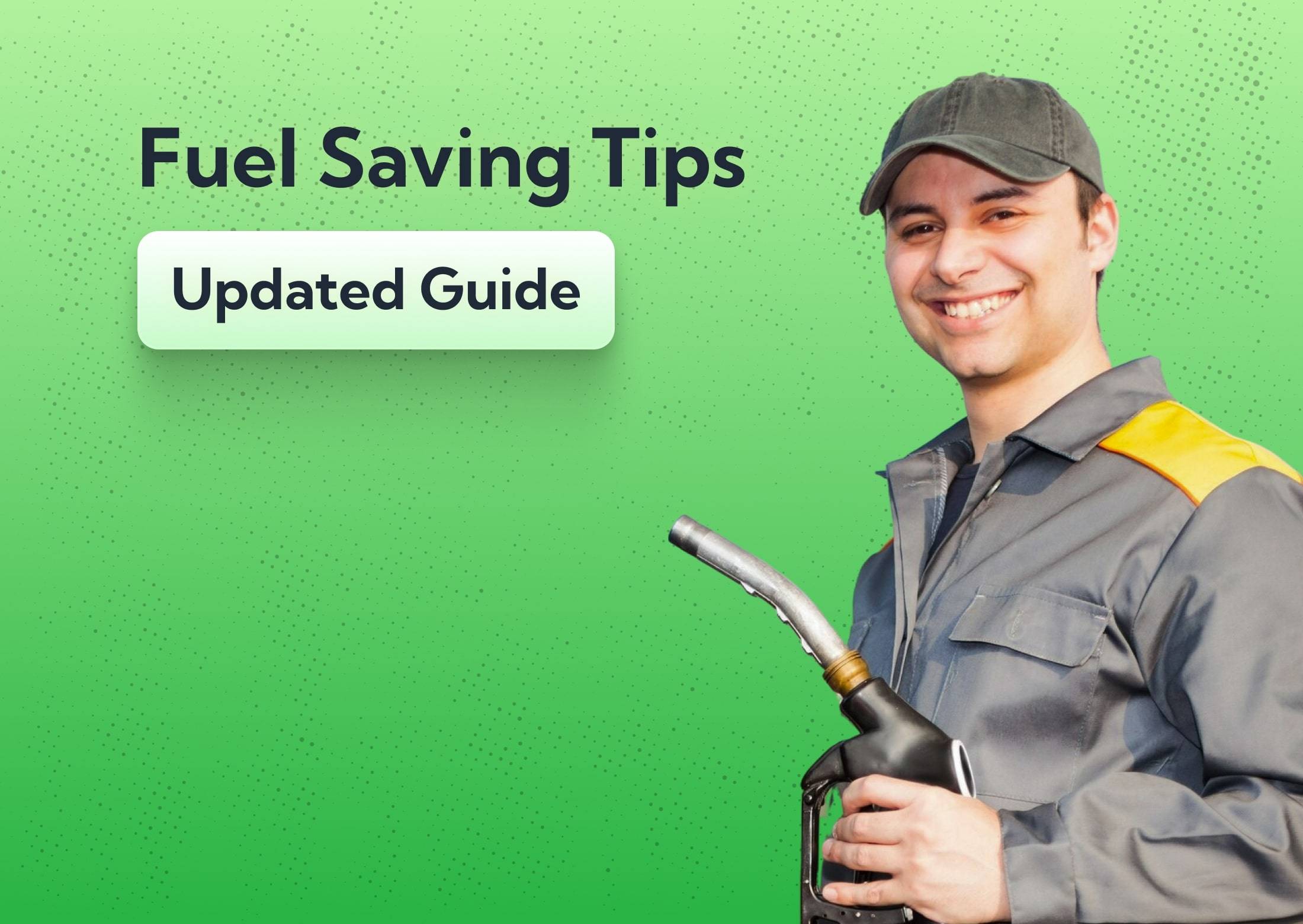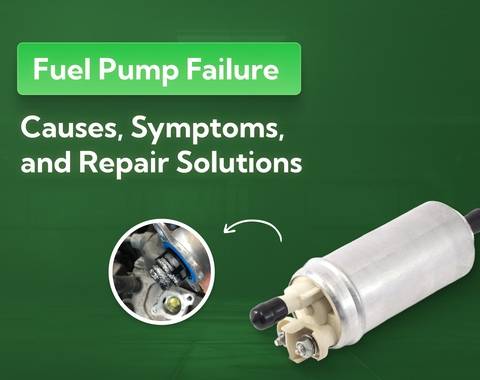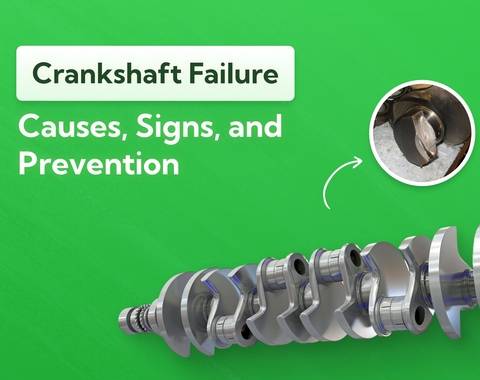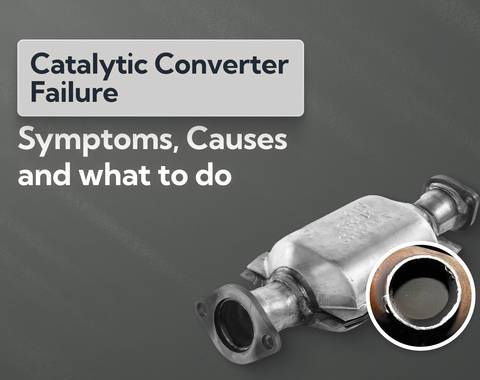Fuel Saving Tips (Updated Guide)
While fuel prices have come down slightly in 2025, they’re still high enough to put pressure on most drivers’ wallets. The good news? With a few smart tweaks, like changes in your driving habits and low-cost routine maintenance, you can noticeably improve fuel efficiency and keep more money in your pocket. This article shows you exactly how.
Last updated: 16th October, 2025

Award-winning CEO driving growth and social impact across automotive, recycling, and technology-led enterprise platforms.

Listen to this story
With UK petrol prices averaging over 134p per litre and diesel creeping past 142p, filling up has become a serious monthly expense for most drivers. Add in rising energy bills, with the average household now spending over £1,700 a year just on home energy, and it’s no wonder motorists are looking for ways to cut costs.
The good news? You don’t need a hybrid to save money at the pump. From smarter driving habits to overlooked maintenance tricks, this guide covers the most effective ways to make every litre go further.
What's in this article
Top tips to make your fuel go further
Drive more efficiently
It sounds really obvious, but often we are not really conscious of the way we drive. Driving more efficiently does not necessarily mean driving slower, although often it can help. Instead it means avoid hard acceleration and braking, keep the revs in your car’s most efficient rev range and be more aware of what is happening on the road in order to maximise your vehicle’s efficiency.
Keep moving
Cars run most efficiently when they have continuous momentum. It requires more fuel to pull away so look ahead, start to slow down before a junction or a roundabout and try to maintain your speed. It’s well worth using tech like sat-nav in your car or on an app to avoid traffic congestion. This not only keeps you moving but means you aren’t wasting time stuck in traffic jams too. Some navigation services also have an eco route setting which considers anything from type of road to traffic conditions and topography, so it’s worth choosing that option when you select your route.
Check your tyre pressures
Your tyres are the only parts of your car actually in contact with the road, but the size of that contact patch can effect your fuel consumption. This makes it very important to make sure your tyres are correctly inflated as they can increase your consumption by as much as 10% if the tyres are under-inflated. If you are due to replace your tyres then you might also want to consider low rolling resistance tyres.
Get rid of the stuff
When cars are tested to find their best fuel consumption figures, they aren’t loaded with 2.4 kids, a dog, luggage and a roof box, they have nothing in them except the driver. We’re not suggesting leave the kids at home, but ditch the stuff, it just adds weight and increases your consumption. So too does the roof box and the bike rack. They might be a pain to remove and store but if you aren’t using them regularly then take them off. They not only add weight but impact on your cars aerodynamic efficiency which in turn increases your consumption with some research saying a roof box can reduce your car’s fuel efficiency by a third.
Regular maintenance
Cars like to be properly maintained in order to run at their most efficient, so make sure you get your car serviced regularly. Keep a check on fluids, tyres and other components that impact on efficiency too.
What the experts say

Anthony Sharkey
Shop around
We all want to support our local businesses and that includes the local petrol station, but if you want to save money on fuel, it’s well worth shopping around. Most forecourts will check competitors’ pricing in the area which means someone is always going to be cheaper. It’s also worth filling up at supermarkets like Asda, Tesco or Sainsbury’s or a trade centre like Costco.
Leave your car at home
This is the one many will not want to hear and as car people, we totally get that. It can be hard to leave your personal transport in the driveway and share space in a bus or a train, or even jump on your bike. The fact is that leaving your car at home can save you money, not always of course, public transport is not always cheaper. Another option is also to work from home, something many of us are now doing since the pandemic anyway.
Change your car
This might seem a little extreme, but if you can change your car without financial penalties then it might be worth considering. You could go electric, but if there’s a more efficient petrol or diesel car available that suits your needs and budget then it might be worth making a change. Even when the fuel price comes down, you'll still be saving.
Electric car drivers facing increases too
The price of household electricity continues to rise and many public charging operators have increased their prices recently, so it’s well worth knowing a few basics to get more miles out of your EV too. Many EV owners are used to driving more efficiently of course, but many of the things that apply to petrol and diesel cars apply to EVs, such as removing weight, ditching the roof box and keeping your tyres correctly inflated.
Most EVs have options to alter the amount of battery regeneration, either through vehicle settings, paddles on the steering wheel or a gear selector as well as the choice of one-pedal driving on some models. Many of these work really well in town or on roads with regular downhill sections.
There's another important thing that really is different for EVs though, motorway driving. An internal combustion engine car is more efficient at consistent motorway speeds where less strain is put on the engine, but it’s the opposite for EVs. They hate motorways and prefer the A-roads where they get to use regenerative braking to put a bit more power into the batteries. If you want to get more miles between charges, then take the scenic route, but be prepared to plan your charging stops, should you need them.
About Car.co.uk

Share on
Latest news & blogs










